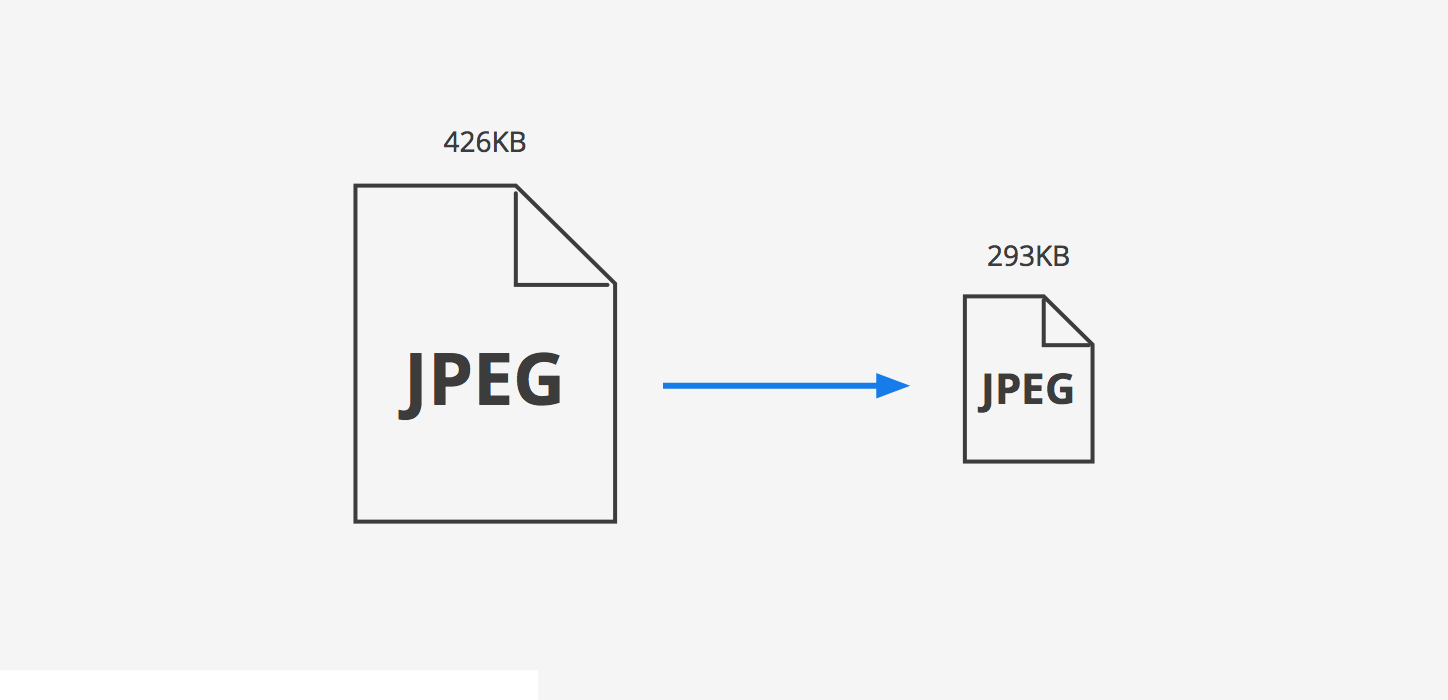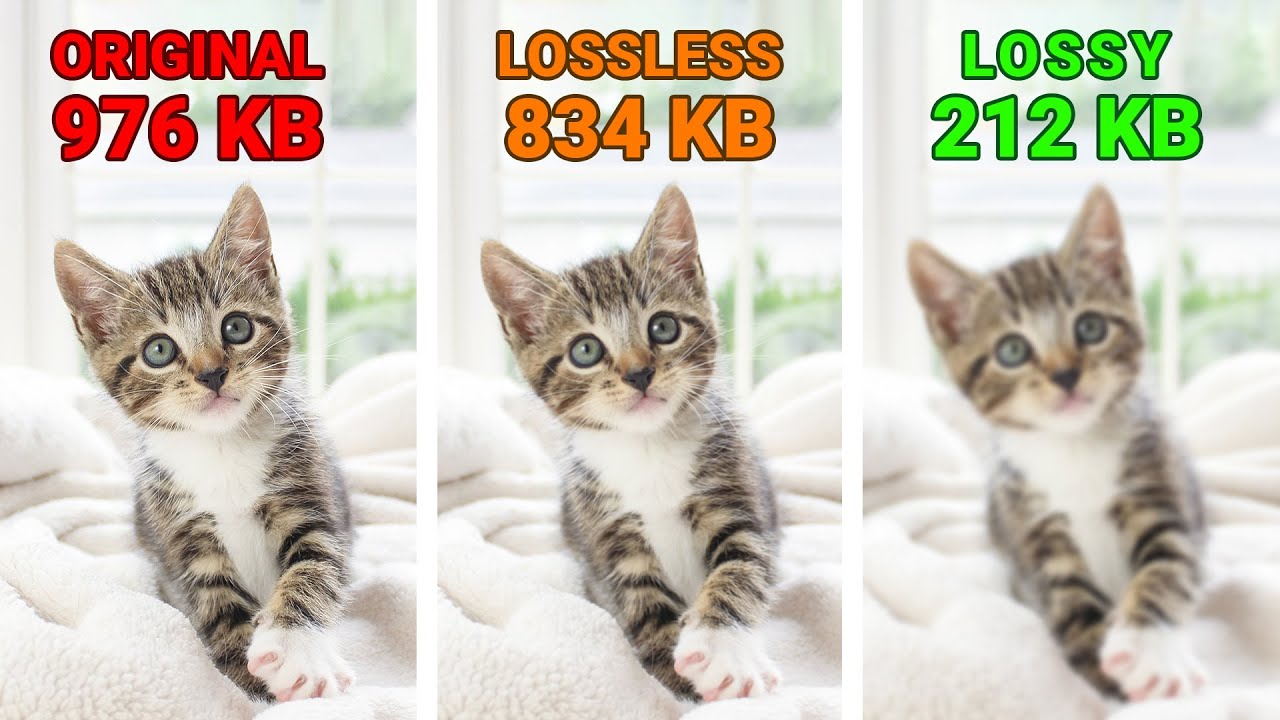Image compression
 Free Tools
Free ToolsBefore publishing an image online, it is very important to optimize it. Compression is important in image optimization because it allows you to significantly reduce the size of visual content while maintaining high quality. The difference between the original image and the compressed copy is usually invisible to the naked eye.

The goal of image compression
You may be wondering why image compression is so important. Here are some reasons. You can shorten the loading time of your website pages, free up phone or computer memory, and quickly share images via email and social networks.
The need to compress photos usually arises when it is necessary to upload them to a website. High-resolution images with large file sizes will slow down your site's loading speed. Researchers have found that if a website takes more than 3 seconds to load, visitors will leave the site.
Another thing to consider is that even if you don't have your website, you may still need to compress images. Many sites limit the size of photos that can be uploaded. The site will refuse to accept an image whose size does not meet the specifications and will prompt you to select another image.
The same applies to sending emails. Most mail services have a limit on the size of attachments you can send, which is usually around 25MB per e-mail. To send many photos that exceed this limit, you must compress them first.
Image compression process
Compressing an image means reducing its size while maintaining an acceptable level of quality. If you don't zoom in too much, the original and the compressed copy will be of the same quality. This way, you can easily reduce their size by up to 90%. It is important to remember that there are two types of compression: lossy and lossless.
Lossless compression does not remove important data from the image or degrade its quality. Another advantage of this method is that compressed images can be easily restored to their original state without distortion or degradation. The disadvantage of lossless compression is that your images will not be significantly reduced in size. PNG is one of the most popular lossless compression formats.
Lossy compression permanently removes less important, redundant data. This can significantly reduce the file size, but it can also degrade the image quality if you compress the image too much. Image quality can be preserved by using the necessary lossy compression. Another thing to keep in mind is that a lossy compressed photo cannot be restored to its original state as the process is irreversible. JPEG is the most widely used image format that allows for lossy compression.

Compression loss is highly dependent on the imperfections of the human eye. When JPEG images are compressed, the compression algorithm looks for similar hues and color transitions. The human eye is much better at detecting the difference between darkness and brightness than the color difference. This is why black and white photos have so much depth and detail. If you remove all the highlights and darks from a photo, you will be left with patches of color and no sense of dimension. As a result, lossy compression maintains contrast between highlights and darks while sacrificing similar hues.
In general, if you want compressed images to look good, you should avoid extremely high compression. Of course, you can reduce the JPEG format to 5% of its original size, but this will result in a dramatic and noticeable loss of quality. Note that when you use lossy compression, some data is lost. Because compressed JPEGs contain less information than the original, some elements such as sharpness or subtle color transitions may be lost.
How can images be compressed?
Various online services and software can be used to compress the image. Even some standard programs found on all Windows and Mac computers allow you to compress photos to reduce their size. In other words, it's a simple process that doesn't require any image editing skills.
However, the online image compressor at freetools.site will make this process as easy as possible and ensure that your images are properly compressed. You won't need to download or install this app on your computer, search for drivers or plugins, or register. Your image will be compressed in seconds.
If you choose to publish large images online, a website or social media platform can automatically compress them. However, this can degrade the quality of your photos, making them blurry and pixelated. If you want your visuals to look good on your website or social media, you'll need to compress them in a dedicated app.
If you need to quickly compress photos on your phone, you can use this app in your mobile browser instead of transferring them to your computer. The mobile version works exactly like the desktop version. You can compress images on Mac, Windows, or any other operating system using this online tool. Whether you have an iPhone or an Android device, you can easily compress photos wherever you are - as long as you have internet access.
Subscribe to my newsletter
Read articles from Free Tools directly inside your inbox. Subscribe to the newsletter, and don't miss out.
Written by
